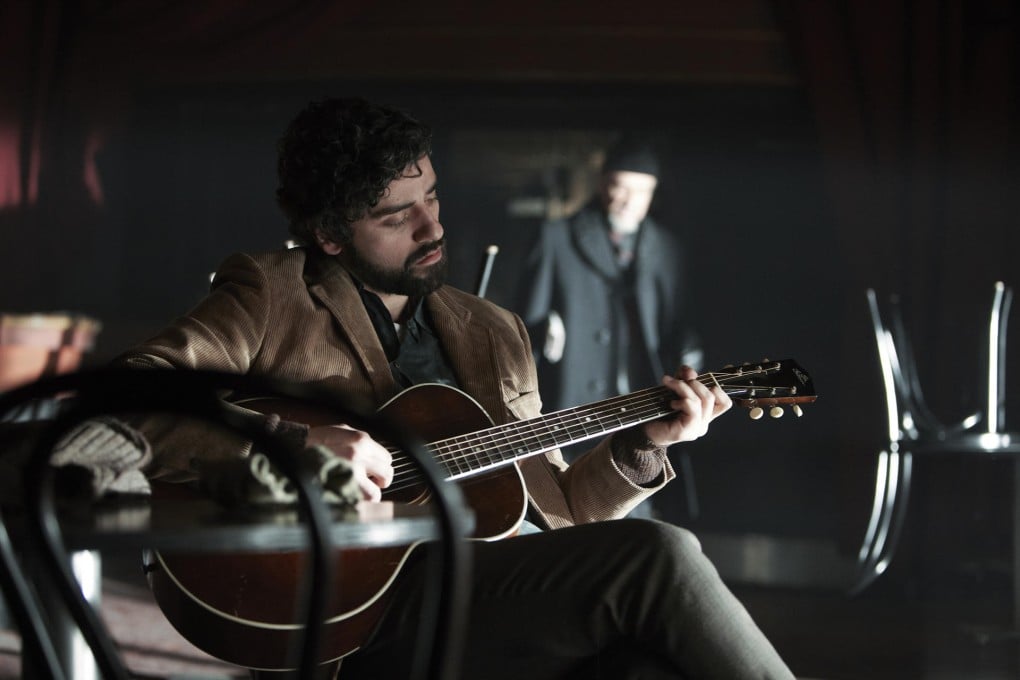The Coen Brothers' Inside Llewyn Davis draws on Bob Dylan's early years for inspiration
The Coen brothers' Inside Llewyn Davis was snubbed at the Oscars but, much like its protagonist, this melancholy period piece deserves a wider audience, writes James Mottram

THE SEED OF A Joel and Ethan Coen film can be planted in the strangest of ways. The genesis for 1991's Cannes triple winner, Barton Fink, went back to when the siblings stayed across the street from a sinister-looking hotel while shooting their first film, Blood Simple. (1984). Then there was The Man Who Wasn't There, their 2001 black-and-white drama about a stoic barber, inspired by a poster depicting old-school hairstyles that had made it from the set of their 1994 movie The Hudsucker Proxy to their office wall.
Yet there is arguably no more bizarre birth than that of the brothers' latest, Inside Llewyn Davis. "Several years ago, we were just sitting in the office and Joel said, 'Suppose we start a movie with Dave Van Ronk getting beat up outside Gerdes Folk City?' - which is such an absurd image," says Ethan. An obscure Brooklyn folk musician getting a pasting outside a New York club, where the likes of Bob Dylan and Simon & Garfunkel played? It's not as if that ever happened to poor old Dave.
Typically, though, Ethan, 56, and Joel, 59, have evolved this into one of the most beguiling films of their 30-year careers. When Inside Llewyn Davis played in Cannes last year, it took the Grand Jury Prize (though it was criminally overlooked at the recent Oscars, scoring just two nominations). "I know people have said things are too cold [in their films]," says long-time collaborator "T Bone" Burnett. "This certainly isn't one. This is a very open-hearted film."
Set in 1961, in New York's Greenwich Village, it's loosely inspired by Van Ronk's memoir The Mayor of MacDougal Street. But as with O Brother, Where Art Thou?, their 1930s-era chain-gang musical that raided Homer's The Odyssey, the Coen Brother's latest film blends its fictional characters with ones inspired by fact.
In the 2000 film, there was an appearance by gangster "Baby Face" Nelson and blues musician Tommy Johnson. Here you have Llewyn Davis (Oscar Isaac), a failing folk singer struggling to make a living just at the moment Bob Dylan is about to arrive on the scene and take it mainstream. "Even though stylistically they're very different, both do mash up a lot of different elements," agrees Joel.
